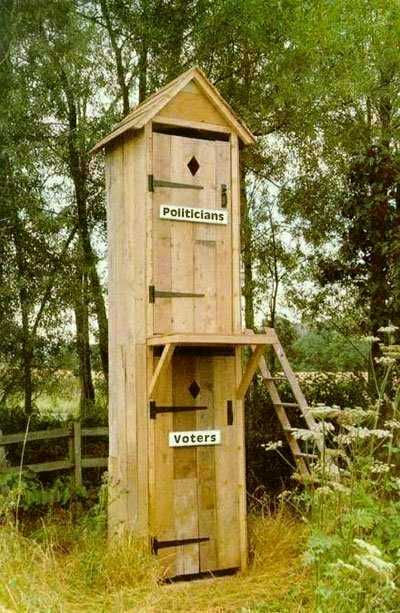Link to Texas Insider here.
More examples of government waste on the taxpayers’ dime! This time it’s state employees filling up their gas tanks at our expense. We’re supposed to trust these people? What happened to Reagan’s wise policy to ” trust but verify”?
A Few Gallons on the State’s Dime
by Drew Gaut, Evergreen Freedom Foundation
Published: 05-22-06
With gas prices so high, access to a company gas card can tempt employees to get a few gallons for themselves. Most companies would be careful to check gas mileage, fuel type, and dates cards are used. Our state’s Department of General Administration (GA), though, would apparently rather not.
The State Auditor’s Office found numerous examples of problems. Fuel mileage calculations showed several vehicles getting drastically different gas mileage than they were supposed to get. There was at least one example of a gas purchase exceeding the vehicle’s capacity. Premium gas was purchased, contrary to GA policy and there were a few examples of diesel being purchased for non-diesel vehicles.
The GA motor pool relies on credit limits to keep problems in check. If employees use the cards for personal use, the credit limit will keep them from going too far, according to Sam Schofield, an internal auditor for the department. Apparently, the GA believes a few gallons each month in each vehicle won’t add up too badly.
The department also claimed that, at most, their lack of controls cost $10,000. This number is supposed to look good because it is part of a much larger budget, but my wallet hurts no matter how that cost is framed.
Another claim by the department is that some of the problems were caused by gas station attendants manually entering the wrong information when charging the cards. In one example, the claim was that the total was right, but the per gallon cost and number of gallons were wrong. However, the Auditor’s Office investigated and discovered that the gas station in question cannot manually enter prices per gallon.
The agency’s response to the audit mentioned that employees should be granted a “great deal of trust.” Trust only goes so far.


